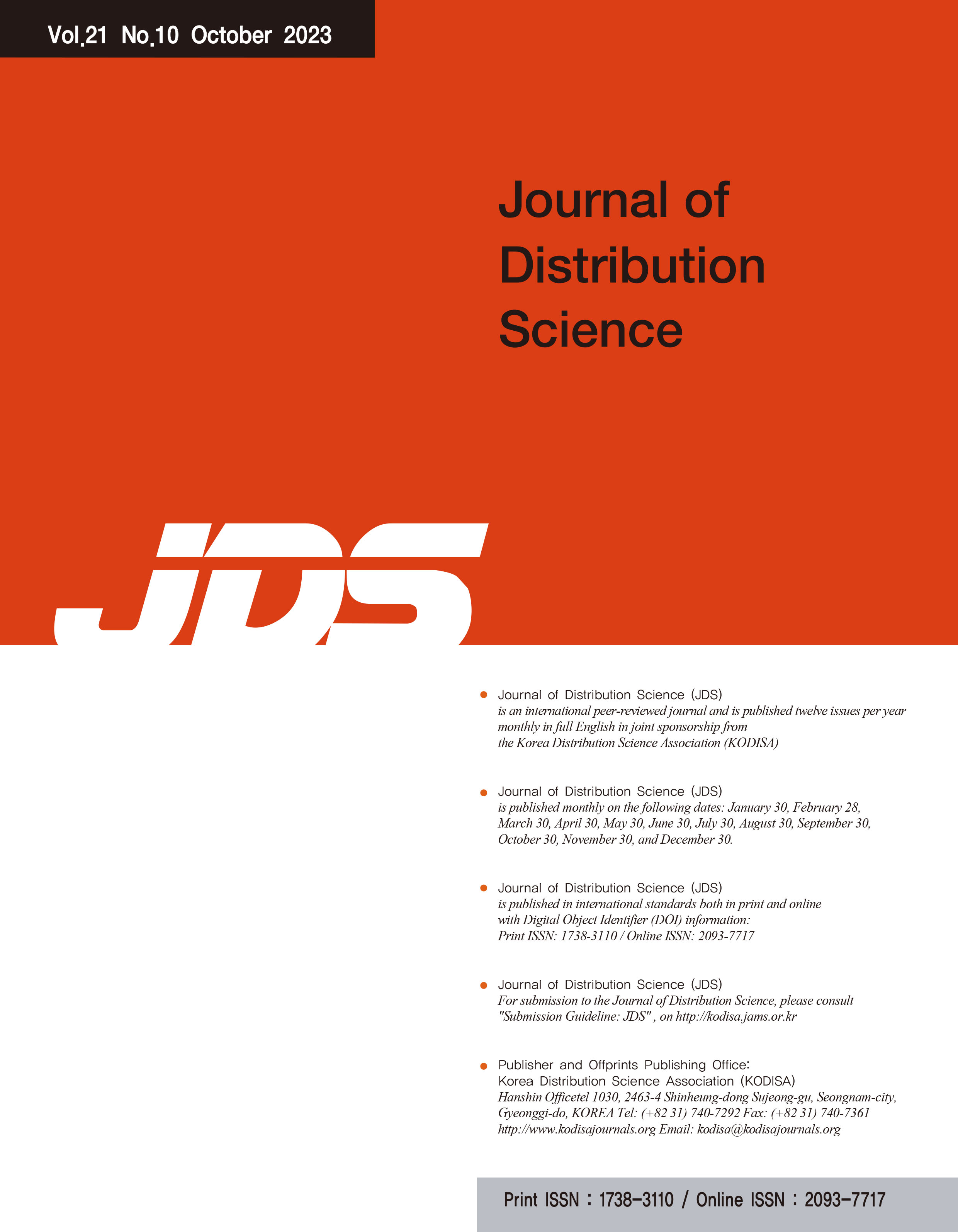 ISSN : 1738-3110
ISSN : 1738-3110
The Distribution of Mismatches in Government Policy Response against COVID-19 in Terms of Risk Communication and its Implications
CHOI, Choongik
Abstract
Purpose: This study aims to explore the effects of government's value intervention messages on the prevention and control of infectious disease in the risk communication process in terms of goveremnt policy response to COVID-19 from the mismatch message perspective, and draws the relevant implicaitons. Due to the infeciton spread, some people point out that depression caused by COVID-19 is because of wrong signals of the government and infectious disease prevention and control authorities, namely value intervention messsages. Research design, data and methodology: This study examined the epidcmic situation through message deails regarding the effects of government's mismatch messages on prevention and control of infectious disease and the resulting phenomena. Results: People's lives are under serious threat overall, so the declaration of the end of COVID-19 is almost impossible unlike MERS. Economic downturn due to foreced prevention and control regulaitons of COVID-19, mistruct of social distancing, fatigue on mismatch messages, and moral hazard on the awareness of prevention and control of infectious disease are negative phenomena to risk communiaiton on COVID-19. Conclusions: This study investigated the government authorities' policy sending wrong signals due to mismatching of the reality at this point in time for infectious disease prevention and control from the risk communicaiton perspectrive.
- keywords
- Risk Communication, Mismatch Message, Risk Management, New Confirmed COVID-19 Patients, Persons Released from Quarantine, Value Neutrality, Value Intervention
Reference
Bae, Y. (2021). Post-COVID-19 Era: Data with Understanding. Seoul: Korea, Pluto.
Beck, U. (2006). Risk Society: Towards a New Modernity. London:Sage.
Breakwell, G. M. (2000). Risk Communication: Factors Affecting Impact. British Medical Bulletin, 56(1), 110-120.
Choi, C. (2020). The Distribution of New Town Development Paradigm Against COVID-19: Lessons and Prospects, Journal of Distribution Science, 18(11), 41-45.
Choi, H. K. (2020). Policy Response against COVID-19 and Mismatches: A Swedish Case, Space & Environment, 30(3):16-21.
Choi, S. (2020), Preventive Measures during Outbreak of Coronavirus Disease 2019, Korean Journal of Medicine, 95(3), 136-137.
Choi, C. & Kim, C. (2017). Big Data Based Exploration of Social Amplification of Earthquake Risk Information, The Journal of the Korean Regional Development Association, 29(3), 181-199.
Choi, C., Bae, S., & Kim, C. (2016). Applications of SMCRE Model on Social Amplification of MERS Risk Information and Its Implications, Journal of Distribution Science 14(6), 89-98.
Habermas, J. (1981). Theorie des Kommunikativen Handelns. Nanam: Paju.
Jung, W. (2021). The Discourse Analyses of the Youtube Contents and Their Replies on the COVID-19 Risk: Applying the Social Media Dependency Theory, Journal of Public Relations 25(2), 59-101.
Lee, E. (2021). COVID-19 is still alive. Seoul: Book & People.
Lee, J. (2020). Criminal Law Reaction for COVID-19 Pandemic, Journal of Dankook Law Institute, 44(3), 33-70.
Weber, M. (1968). Max Weber Methodologische schriften, Paju:Nanam.
- Downloaded
- Viewed
- 0KCI Citations
- 0WOS Citations
